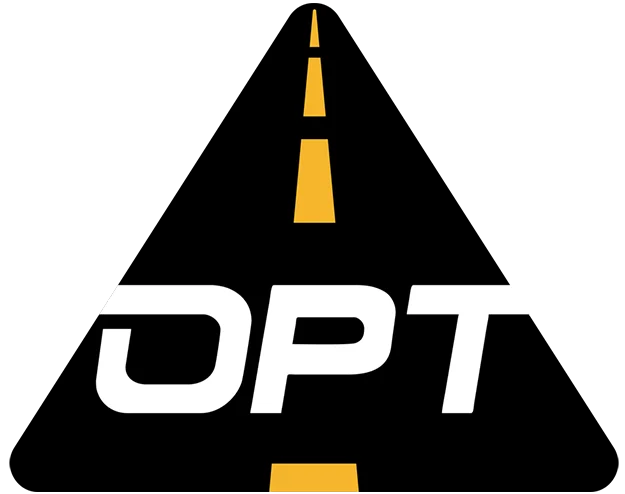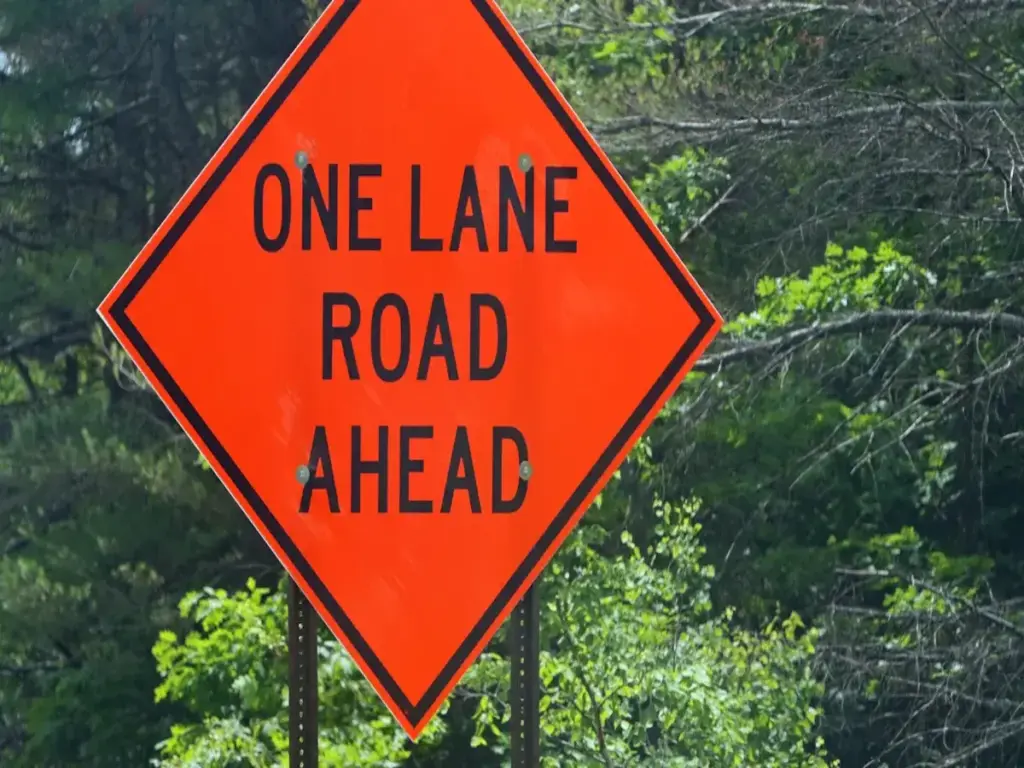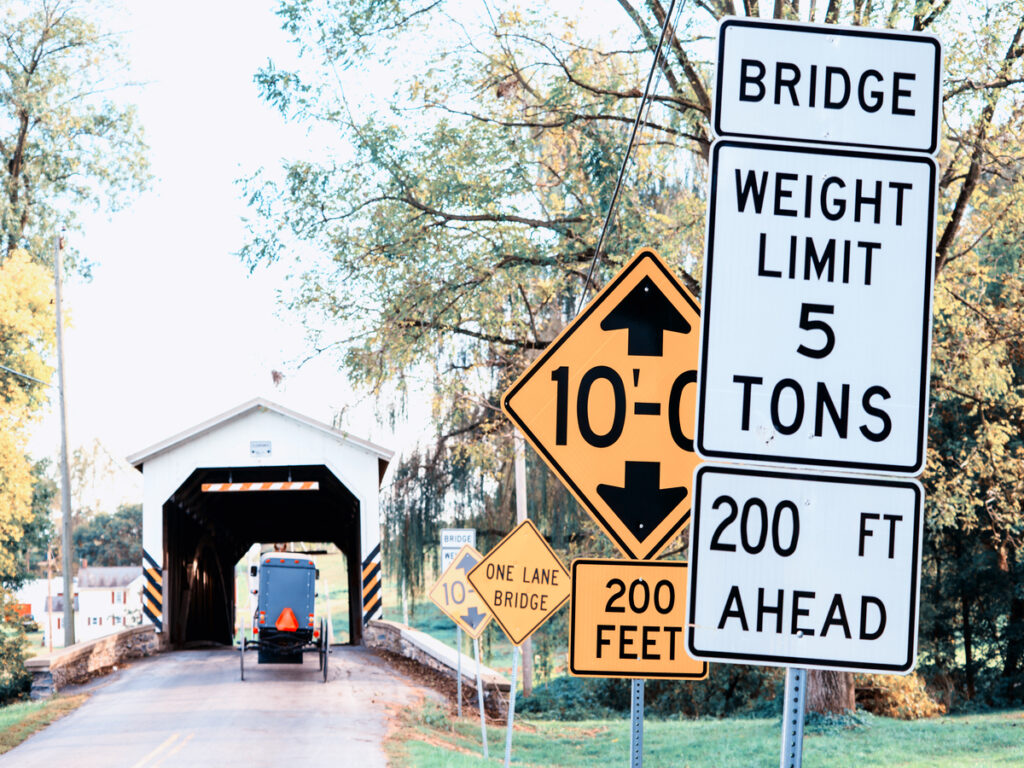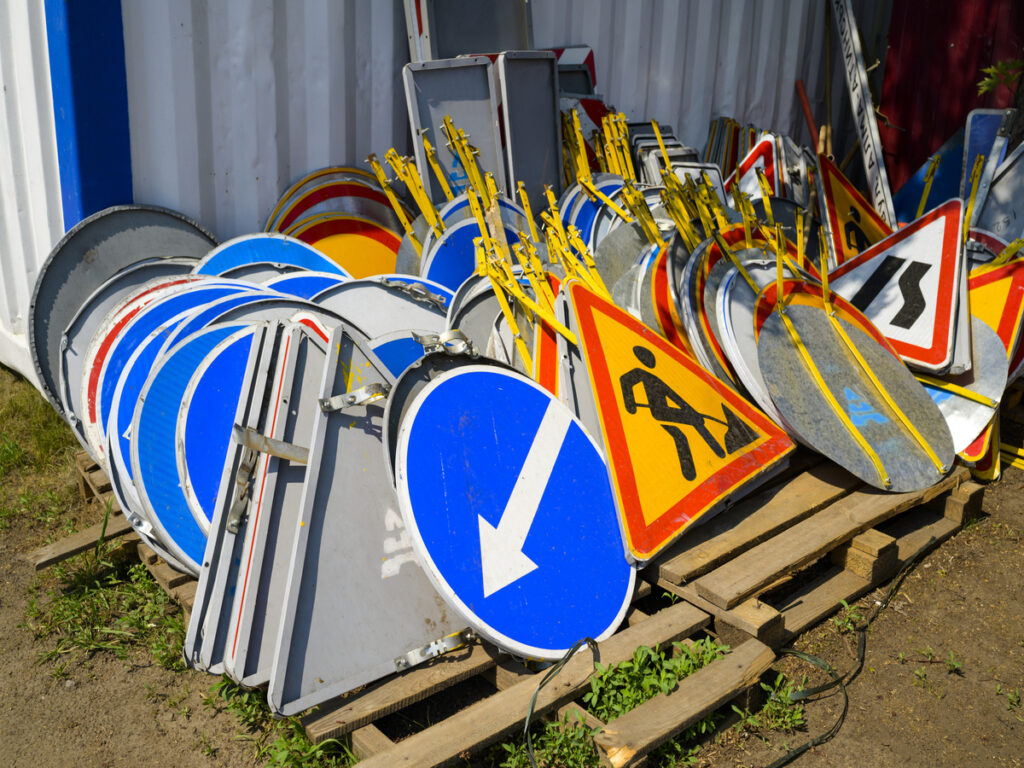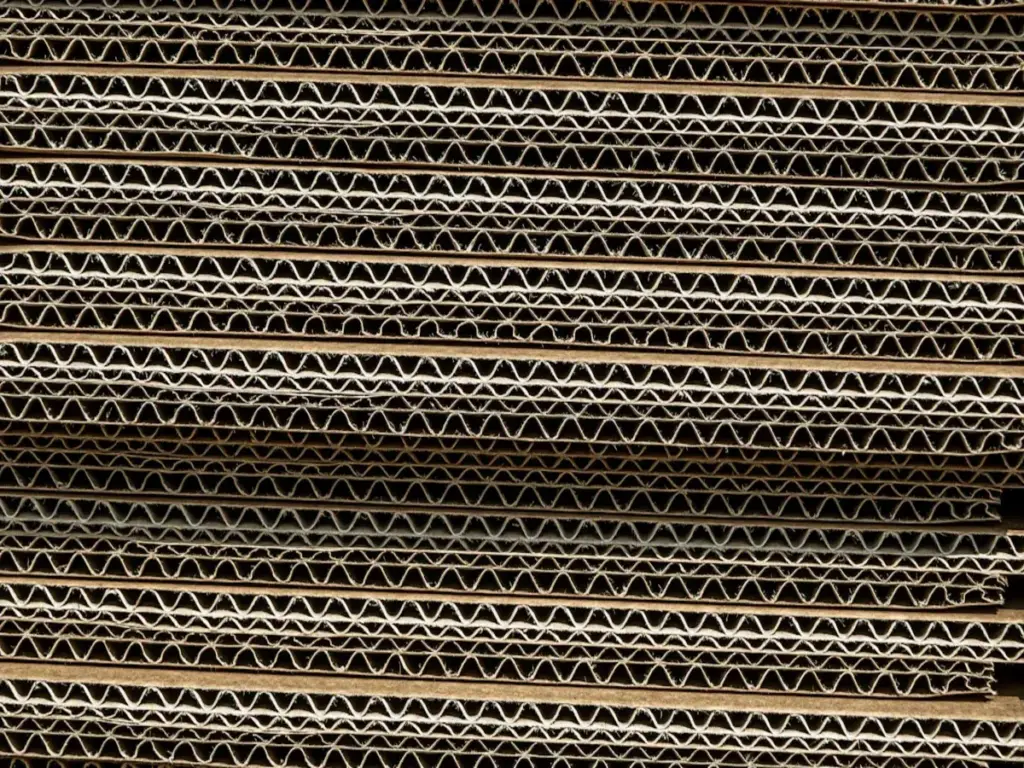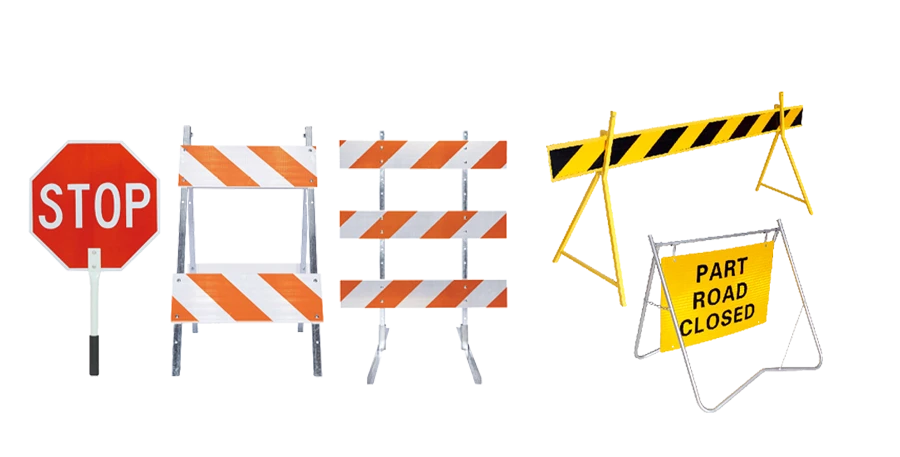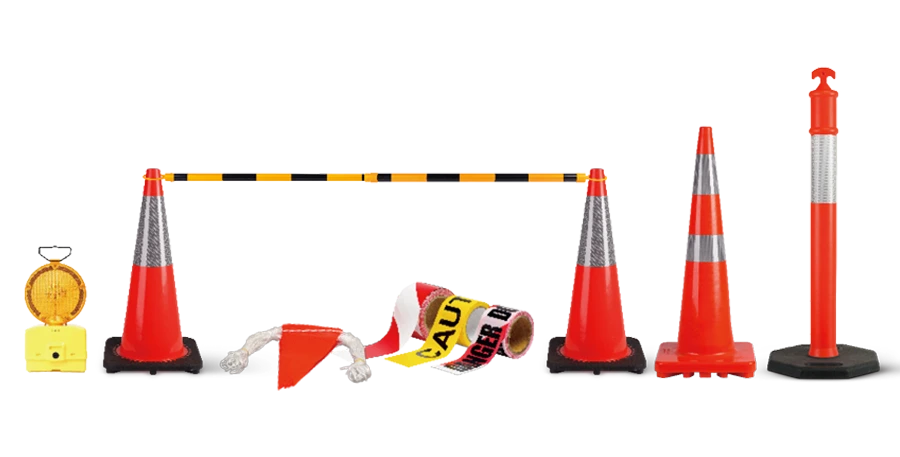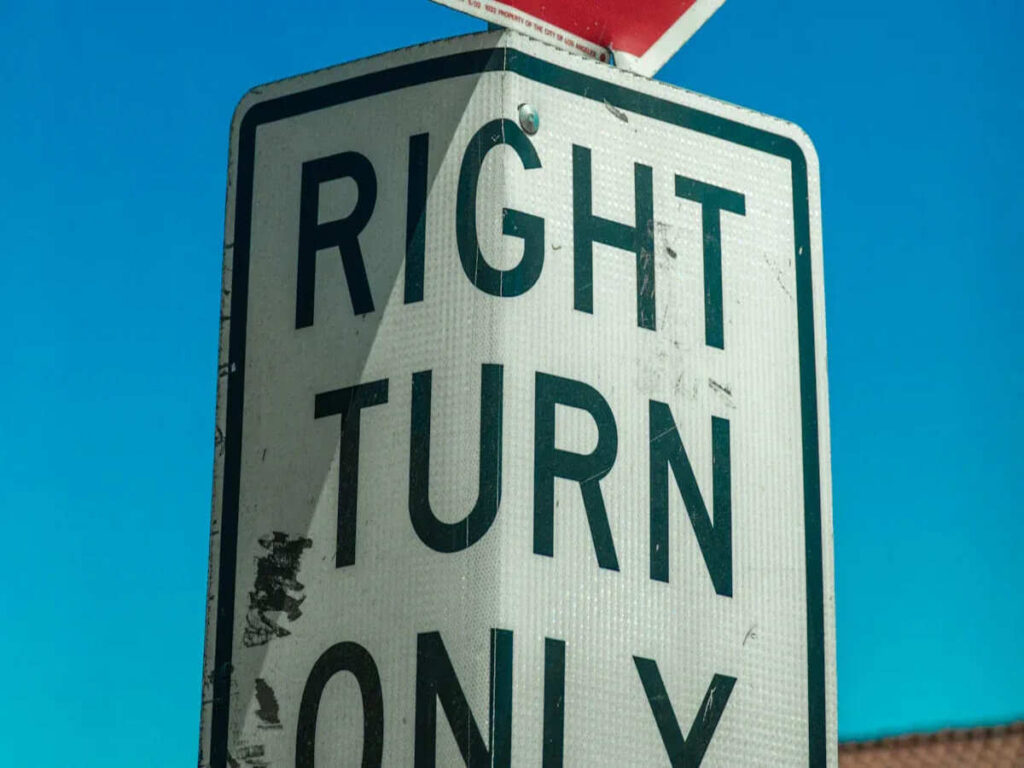
You need high-visibility signage that is easy to see to ensure safety on the roads. This helps protect both drivers and workers by improving awareness. The Manual on Uniform Traffic Control Devices (MUTCD) provides guidelines for traffic signs to ensure they are visible and effective. One of the key rules in the MUTCD is that traffic signs must be made with retroreflective materials, allowing them to be visible even at night or in poor weather conditions. These standards are designed to keep everyone safe and to help you stay compliant with the law.
By following the MUTCD guidelines, you prioritize safety and ensure your signs meet the minimum reflectivity requirements. Many organizations opt for brighter sheetings to further enhance the visibility of signs, making them easier to see and read, especially in challenging conditions.
At OPTRAFFIC, we specialize in providing high-visibility signage solutions that meet MUTCD standards. Our retroreflective signs are designed for maximum durability and readability, helping you maintain safety while ensuring compliance with the latest regulations. Explore our selection of high-visibility signs today to make your roadways safer for everyone!
Key Takeaways
- Follow MUTCD rules to make sure traffic signs use retroreflective materials. This helps people see signs at night and in bad weather.
- Use extra devices like LED signs and flashing beacons to make signs stand out. These devices help drivers notice signs and stay safe on the road.
- Clean and check traffic signs often to keep them bright and easy to read. Look for damage and change old materials to meet safety rules.
- Pick the right extra devices for each road and traffic need. Think about how easy signs are to see, how clear they are, and if people respect them when choosing accessories.
- Work with local leaders and use social media to help your community get better sign visibility. This helps everyone learn more about traffic safety.
Enhancing Traffic Sign Visibility with Supplemental Devices
Introduction to Supplemental Devices for Sign Conspicuity
You want drivers to see traffic signs all the time. This is important in any weather or at night. Supplemental devices help make signs easier to notice. These devices work with regular traffic control devices. They boost how well drivers see important information. Many transportation agencies use advanced devices. This helps them follow MUTCD rules and keep roads safe.
Here is a table that lists common supplemental devices. These devices help make signs easier to see:
| Device Type | Features |
|---|---|
| LegendViz™ Traffic Signs | Makes signs easier to read from farther away Uses LEDs that light up from dusk to dawn One person can install it quickly Works with solar or AC power |
| LegendViz™ BlinkerSigns | Has flashing lights around the edge and bright legends Uses strong LEDs that last a long time Makes signs easier to see at night and keeps people safe |
These devices help you follow rules for sign visibility. You can pick the best device for your area and sign needs.
Role of Supplemental Devices in Road Safety
Supplemental devices help keep roads safe for everyone. You use them to make traffic control devices stand out. This is important where drivers need to react fast. Adding these devices helps reduce confusion. It also helps drivers follow MUTCD rules. This makes roads safer for drivers and people walking.
Some devices give updates and guide traffic during emergencies. Arrow boards and changeable message signs do this job. The table below shows how these devices help with traffic control and safety:
| Device Type | Function |
|---|---|
| Arrow Boards | Put on vehicles for emergencies, showing arrows and words for traffic control. |
| Changeable Message Signs | Give real-time info about lane changes, detours, and alerts to help with traffic. |
Using these devices with your traffic signs helps make roads safer. Following MUTCD and other rules keeps your traffic control devices working well in all conditions.
MUTCD Guidelines: Six Key Examples for Enhanced Sign Visibility
Example 1: NEW Plaques Above Regulatory Signs
NEW plaques go above regulatory signs to show new rules. These plaques help drivers see changes fast. MUTCD says to put plaques above signs like No Left Turn or Speed Limit. This helps people follow rules and stay safe.
Example 2: Red or Orange Flags on Traffic Signs
Red or orange flags make traffic signs stand out more. You see these flags at an angle on top of signs. They help people notice signs in busy places or during roadwork. Flags let you see changes and react quickly.
Example 3: Notice Plaques for Important Updates
Notice plaques give updates about new or temporary rules. You find these plaques above regulatory signs. They show important info and help you follow new standards. Notice plaques help you follow MUTCD guidelines.
Example 4: Fluorescent Stripes on Warning Signs
Fluorescent stripes use reflective sheeting to make signs brighter. You see these panels better at night or in bad weather. Studies say reflective sheeting lowers crashes and keeps everyone safer.
| Evidence Description | Outcome |
|---|---|
| Fluorescent reflective sheeting helps drivers and others see signs better, especially at night or in bad weather. | More visibility means safer roads for walkers and bikers. |
| Mendocino County used better sign sheeting and saw fewer crashes, injuries, and deaths over three years. | The community saved money and had safer roads. |
| Brighter panels mean fewer accidents. | Safety gets better when crash numbers go down. |
| Fluorescent reflective sheeting works in many lighting conditions and helps drivers see signs sooner. | Drivers react faster in low-light situations. |
Example 5: Vertical Retroreflective Strips on Sign Supports
Vertical retroreflective strips use reflective sheeting to make sign posts easier to see. You notice these strips on stop sign posts and other important signs. Reflective sheeting helps you spot signs in dark or crowded places.
Example 6: Supplemental Beacons for Increased Visibility
Supplemental beacons use flashing lights to make signs easier to see at risky intersections. You see these beacons above warning or stop signs. Research shows supplemental beacons can lower crash rates and make roads safer.
| Study | Findings | Statistical Significance |
|---|---|---|
| Cribbins and Walton | EPDO rate dropped by 48% after beacons were added | Very significant at 0.01 level |
| Pant et al. | Crash rates stayed high at beacon intersections; no big change | Not a significant result |
| Murphy and Hummer | Total crashes went down by 10%; EB method showed a 12% drop | Some results were significant, some were not |
Tip: Always make sure your signs meet MUTCD rules for letter size and reflective sheeting. This helps you follow the law and keeps signs easy to see for everyone.
Choosing the Right Supplemental Devices to Maximize Visibility
Factors to Consider When Selecting Signage Accessories
You need to pick the best supplemental devices for your signs. Think about what drivers need on your roads first. Devices should help solve a problem and get attention. They must also be easy to understand. Drivers should respect the device and have time to react. Use reflective sheeting so your signs are easy to see in any weather. The table below lists important things to think about when picking accessories:
| Criteria | Description |
|---|---|
| Fulfill a need | The device should address a specific requirement of road users. |
| Command attention | The device must be noticeable to ensure it captures user focus. |
| Convey a clear, simple meaning | The message of the device should be easily understood. |
| Command respect from users | The device should be respected and adhered to by road users. |
| Give adequate time for response | Users should have enough time to react appropriately to the device. |
Reflective sheeting and MUTCD-compliant equipment help you meet MUTCD rules and make signs easier to see. Always check that your accessories follow MUTCD guidelines.
Matching Supplemental Devices to Road Conditions
Road conditions are not the same everywhere. Cities need different devices than country roads or school zones. Use reflective sheeting and panels where drivers need extra help seeing signs. Traffic, speed, and weather all change what you need. If there are lots of cars, you need devices that stand out. At night, reflective sheeting helps drivers see better. When seasons change, you may need to change signs and sheeting. Use mutcd-compliant equipment to fit each place’s needs.
- City roads and country roads need different signs and locations.
- Only use signs if an engineer says they are needed.
- Studies should show where signs are needed or helpful.
You can use sensors and real-time data to change speed limits and make roads safer. Research shows that variable speed limits and reflective sheeting lower crash rates.
Ensuring MUTCD Compliance with Sign Enhancements
You must follow MUTCD rules when you add things to signs. All traffic control devices must meet the latest MUTCD standards. Upgrade old devices with reflective sheeting and MUTCD-compliant equipment. Do not use devices not in the MUTCD unless you follow special rules. The table below shows important MUTCD requirements:
| Requirement | Description |
|---|---|
| Compliance with MUTCD | All traffic control devices must comply with the current edition of the National MUTCD. |
| Systematic Upgrading | Non-compliant devices must be upgraded as part of a systematic approach to meet current standards. |
| Prohibition of Non-Compliant Devices | Devices not adopted in the MUTCD cannot be used unless specific provisions are followed. |
Reflective sheeting and MUTCD-compliant equipment help keep signs safe and easy to see. Always check your signs for MUTCD compliance and follow all rules for reflective sheeting and standards.
Best Practices for Implementing Supplemental Visibility Measures
Correct Placement and Positioning of Supplemental Devices
You need your traffic control devices to be easy to see. Put signs where drivers can spot them from far away. Use bright lights to help people see at night or in fog. Make sure the sign stands out from what is behind it. This helps drivers read signs fast. Pick busy places so more people see the signs. Place signs at eye level for drivers and people walking. Change the height if the area is crowded. Try different places to find the best spot. Use reflective sheeting and panels to make signs brighter in dark spots. Always think about how easy it is to take care of the sign when you choose a place.
Tip: Flashing lights and moving displays can help signs get noticed and keep people safe.
Regular Maintenance of Supplemental Visibility Features
You keep signs working well by checking them often. Look at reflective sheeting for dirt, fading, or damage. Clean the sign so it stays bright and easy to see. Change any reflective sheeting that is worn out. Make sure all lights and beacons work right. Fix broken lights to keep signs easy to see. Check that nothing blocks the sign, like trees or other things. Doing regular checks helps you follow MUTCD rules and keeps your signs in good shape.
- Clean reflective sheeting every few months.
- Change faded or broken reflective panels.
- Test lights and beacons often.
- Cut back plants or things that block signs.
Balancing Cost and Effectiveness in Supplemental Device Selection
You want to keep people safe but also save money. Some new things, like ultraviolet-A headlamps, cost a lot but do not help much. Regular reflective sheeting and halogen lights usually work best for the price. Fluorescent thermoplastic markings work better than fluorescent paint, but both may not always be better than nonfluorescent markings. When you pick extra devices, choose ones that work well and meet the rules. Grants can help pay for these things. Programs like the Advanced Transportation and Congestion Management Technologies Deployment Initiative and Community Highway Safety Grant Program give money for traffic control. Always look for grants that fit what you need.
Note: Use reflective sheeting and mutcd-approved equipment for the best safety, visibility, and to follow the rules.
Conclusion: The Future of Traffic Sign Visibility with Supplemental Devices
Ongoing Advancements in Traffic Sign Technologies
Every year, new technology changes traffic control devices. Smart traffic signs use sensors to give updates right away. These signs help you know about road changes and keep you safe. Illuminated signs use LED lights or special reflective materials. You can see these signs better at night or when the weather is bad. Traffic sign recognition uses machine learning. This helps navigation systems read signs and keeps driving safe. It also helps self-driving cars follow the rules.
- Smart traffic signs give you updates right away.
- Illuminated signs help you see messages in any weather.
- Traffic sign recognition helps drivers and cars follow the rules and stay safe.
Cities and towns use brighter retroreflectivity materials for stop signs. This makes them easy to see day and night. Dynamic speed feedback signs show your speed and help you slow down. In school zones, these signs can lower speeds by up to 10.9 miles per hour. LED-enhanced signs have helped people see and follow signs for over 20 years. These new ideas help you follow MUTCD rules and keep roads safer for everyone.
Note: Using new technology and following MUTCD rules makes high-visibility signage easier to see and keeps everyone safe.
How to Advocate for Improved Road Sign Visibility in Your Community
You can help make your community safer by working for better sign visibility. Start by teaming up with local government, police, and neighbors. Make an advocacy campaign using social media, flyers, and events. Hold public meetings so people can talk about their concerns and learn about new traffic control devices. Work with local groups to get money and ask businesses for help.
| Strategy | Description |
|---|---|
| Forming coalitions | Team up with local government, police, and neighbors to help your cause. |
| Advocacy campaigns | Use flyers, social media, and events to teach people. |
| Public forums | Give people a place to talk about traffic control and sign needs. |
| Securing funding | Apply for grants and ask local businesses for support. |
You can look at what other cities have done. Austin, Texas used LED signs in school zones and cut speeding by 35%. Stockholm, Sweden added weather sensors to LED signs and had 22% fewer winter accidents. These examples show that following MUTCD rules and using better signs helps everyone travel safely.
Tip: Stay active and keep checking that your community follows mutcd rules. What you do can make roads safer and signs easier to see for everyone.
You can make signs easier to see by following MUTCD rules for high-visibility signage. Pick strong posts that last a long time. Turn signs so drivers can see them well. Use hardware that does not rust. Check and clean traffic control devices often to keep them working. Keeping up with mutcd rules helps keep people safe and keeps standards the same. High-visibility signage helps control traffic and keeps everyone safe. Look at your signs often and use helpful tools to follow the rules.
High-visibility signage and MUTCD rules help make roads safer for everyone.
- Clean and check signs often
- Change faded materials
- Teach workers about the standards
FAQ
What makes a traffic sign easy to see at night?
To ensure visibility at night, traffic signs should be made with retroreflective sheeting or equipped with LED lights. These materials work by bouncing light back to drivers, allowing the signs to be clearly visible even in the dark or during bad weather. Retroreflective signs are particularly effective in low-light conditions, improving driver awareness and safety.
How often should you check and clean traffic signs?
You should check and clean your signs every few months. Dirt and damage can make signs hard to see. Regular cleaning keeps signs bright and easy to read.
Why do some signs have flashing lights or beacons?
Flashing lights or beacons are used to make certain signs more noticeable, especially in high-traffic areas or dangerous spots. These features draw attention to critical warnings or instructions, helping drivers react faster to sudden changes in road conditions, such as stop signs or hazard warnings.
Do all sign upgrades need to follow MUTCD rules?
Yes. You must follow MUTCD rules for high-visibility signage upgrade. This keeps your signs legal and safe. Always use approved materials and designs.
Where can I buy high-quality traffic signs and safety products?
For all your traffic safety needs, including high-visibility signage and other traffic control products, OPTRAFFIC is your one-stop shop. We offer a wide range of traffic signs, including retroreflective, LED-equipped, and flashing beacon signs, all built to meet MUTCD standards. Whether you need to upgrade existing signs or add new ones, OPTRAFFIC provides durable, compliant, and highly visible signage solutions for your roadways. Visit OPTRAFFIC today to shop for all your traffic safety products in one place!
